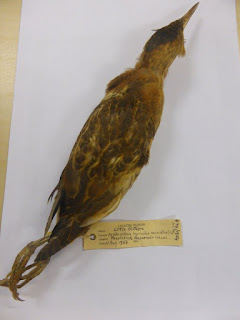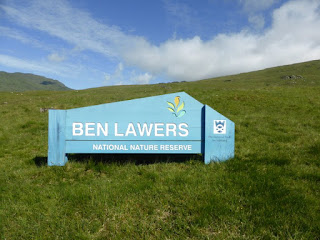My recent trip to the deserts and mountains of Kazakhstan produced some great birds and also some stunning landscapes. Turkestan Shrike above.
Crimson -winged Finch and Masked Wagtail-race personata.
Azure Tit above and below.
Below a smart Lesser Kestrel at the cemetery.
It was a treat to watch male Pine Buntings on the mountain slopes surrounded by flowers and butterflies.
Isabelline Wheatears were every where, possibly the most common bird!
Typical behaviour of a Desert Warbler and below a Whistling Thrush in the rain.
Red-mantled Rosefinch in the Tien Shan mountains.
Black-headed Wagtail above.
Below male Citrine Wagtail.
Paddyfield Warbler below.
Above a Saxaul Sparrow and below White winged Lark.
Asian Grey Shrike.
Demoiselle Cranes.
Red Headed Bunting.
Hume's Yellow Browed Warblers were everywhere,
as were Spotted flycatchers.
Eastern race of Chiffchaff.
Red-backed Shrike, possibly a hybrid.
Blyth's Reed Warblers were singing from every bush.
Terek Sandpipers were the most common Wader encountered.
A Pallid Scops Owl was a great find.















































































